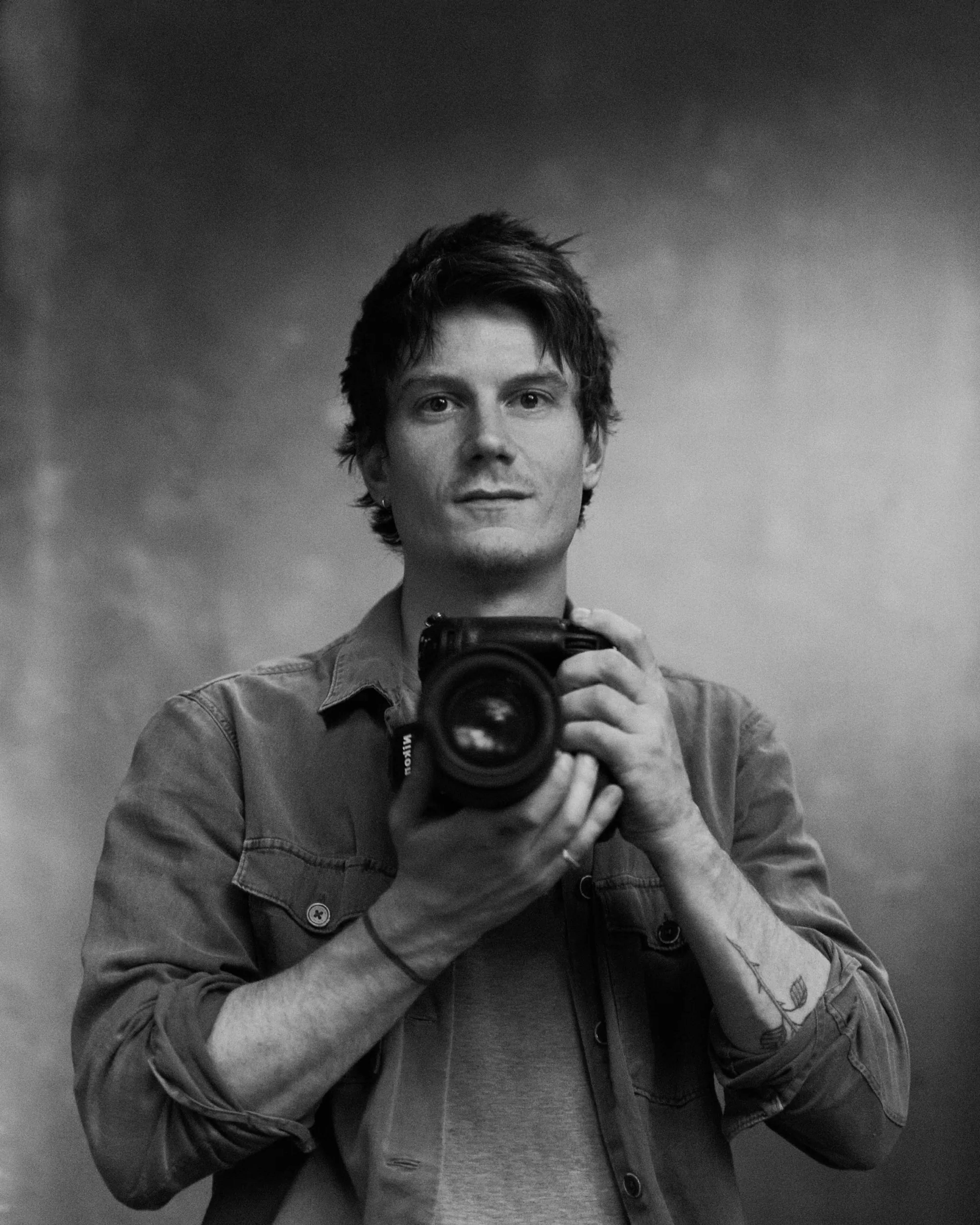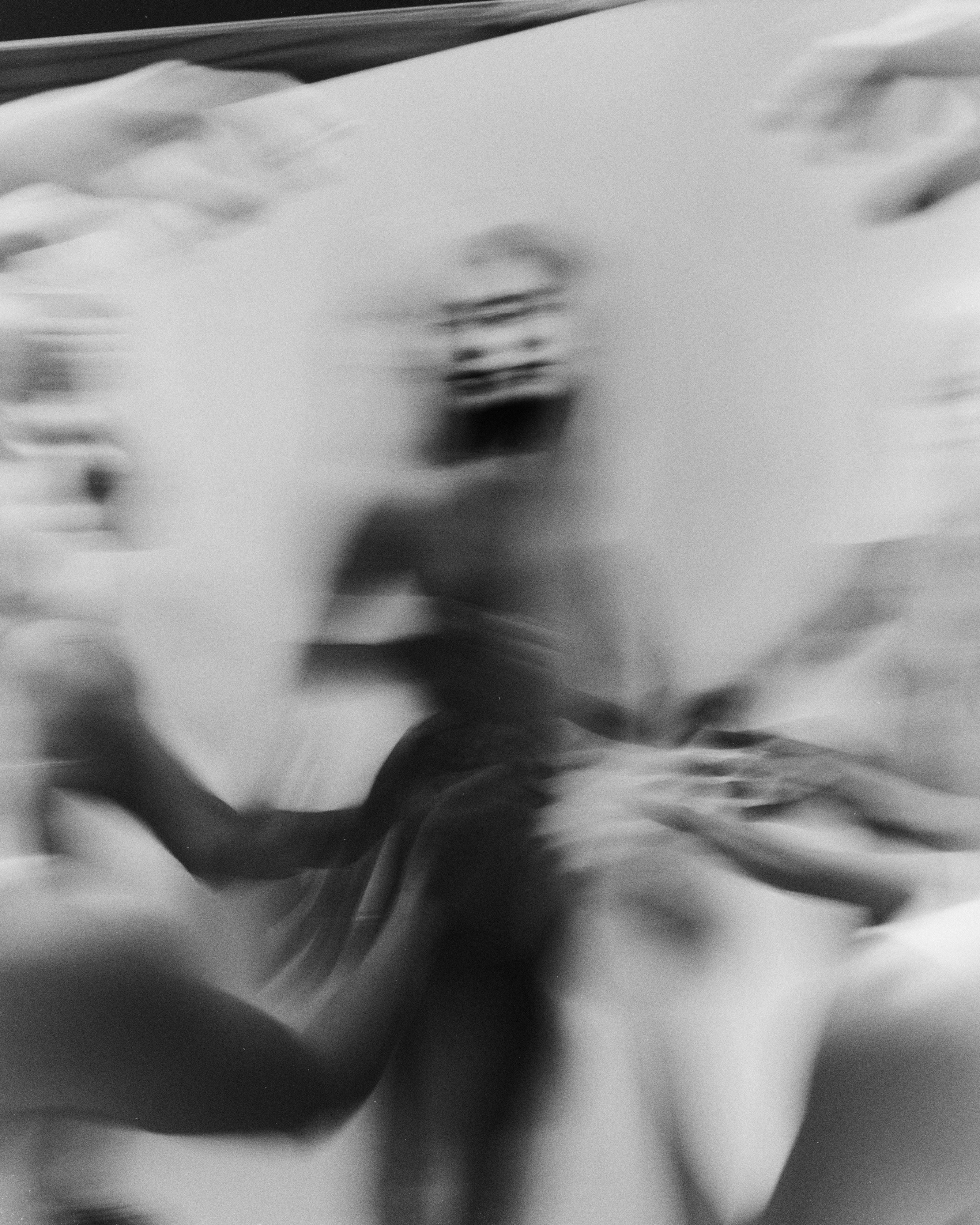Capturing Duality: An Interview with Pip
Pip, curator of myma's inaugural photography exhibition, on the art of seeing, the enduring power of images, and the search for authenticity in a visual age.

London-based photographer and director Pip is curating Myma’s inaugural photography exhibition, bringing his distinct cinematic vision and nuanced artistic approach to the theme of duality (Apply here). A self-taught artist whose work spans portraiture, fashion, and fine art, Pip has collaborated with iconic brands such as Prada, Dior, Louis Vuitton, and Netflix. His photography has been featured in publications including British Vogue, Vanity Fair Italia, and Billboard Magazine, where his refined approach to light, shadow, and narrative has carved out a singular space in contemporary visual culture.
For Myma’s first photography exhibition, Pip explores the conceptual and technical dimensions of duality, connecting his own artistic practice with a wider dialogue on the multifaceted nature of photography. In this interview, Pip reflects on his curatorial vision, the layered interpretations of duality, and how this collaboration offers a platform for diverse photographic perspectives to challenge and inspire.
We’re thrilled to have you curate Myma's first photography exhibition. Your practice blends fine art photography with collaborations with iconic brands like Prada, Dior, and Louis Vuitton, creating a unique space where cinematic storytelling and artistic exploration meet. Can you share more about your practice and the themes that shape your vision?
Thank you for having me; it’s truly an honour to collaborate with you. I believe my work exists at the intersection of fine art, portraiture, and fashion photography, where I strive to create imagery that is immersive, aspirational, and dreamlike. Rather than capturing objective truth, I focus on portraying people in their best possible light, helping them transcend how they see themselves in the rhythm of everyday life.
I view photography not as a means to document reality but as an opportunity to craft an elevated realm of imagination. By harnessing the transformative power of light, texture, and composition, my aim is always to evoke mood and emotion. Whether in a studio or on location, my goal is to create images that feel timeless yet grounded in the present, resonating emotionally and inviting viewers into a world of reflection and connection.

In today’s digital-first world, with constant exposure to images through social media, news, and entertainment, how do you define photography as a fine art form in this saturated landscape?
I believe photography as an art form is defined by intention and craft. It’s shaped by deliberate choices—both conceptual and technical. These choices might involve the subject, theme, or location, as well as how light, shadow, and colour are used to evoke emotion and meaning. This level of intentionality elevates photography, creating enduring images that challenge and engage both the creator and the viewer.
In this way, photography reclaims its potential for depth and artistry, standing apart from the fleeting, fast-paced visual culture of today. It’s not merely about capturing attention but about holding it, leaving a lasting impression that continues to resonate over time.

Your upcoming show at Myma explores the theme of duality. How do you interpret duality in photography, and what aspects of this concept do you want to highlight in the exhibition?
I chose the theme of duality for this exhibition because it offers so many avenues for interpretation. Conceptually, it can delve into identity, style, or the form of a subject. Technically, it can explore the interplay of light and shadow, contrasting colours, or opposing compositions. Physically, it can manifest as juxtaposed images that challenge or complement each other.
To me, duality reflects the multifaceted nature of both people and photographers—no one is ever just one thing. It spans physical, emotional, spiritual, and artistic dimensions, opening endless possibilities for creative expression. My goal is to inspire creators to think outside the box and define duality through their own lens, bringing unique perspectives to this universal concept.

Throughout photography's history, duality has been a recurring theme—whether in debates over its status as an art form or in discussions about authenticity in digital imagery. Are there specific historical movements or contemporary trends that have influenced your approach to curating this show?
Duality has been central to photography’s history, from the debate between Pictorialism and Straight Photography—artifice versus reality—to today’s conversations about authenticity in digital imagery. These tensions have always fascinated me, and I hope this exhibition delves deeply into them. My goal is for the show to celebrate photography’s ever-evolving nature, where opposing forces coexist and continually push the boundaries of the medium.

What advice would you give to young photographers who are trying to find their unique voice in today’s fast-evolving landscape?
In a world saturated with photographic images, authenticity is essential. Focus on creating work that feels personal and meaningful, rather than chasing trends. Reflect on what makes your perspective unique, and trust that your voice will emerge through consistent practice and exploration.
Craft is crucial to standing out, so invest time in developing your skills. Experiment boldly, embrace mistakes, and allow yourself the space to grow. Developing a style takes time, but perseverance will bring depth and individuality to your work.
Finally, stay engaged with the ever-evolving nature of photography. Use technology and social media as tools to share your vision and foster growth, but don’t let them dictate your creativity. Stay curious, keep learning, and above all, create work that genuinely excites and fulfills you. Your unique voice will emerge naturally when you stay true to yourself.
Learn more about Pip’s work on his website.
Submit your work for the Duality exhibition here.